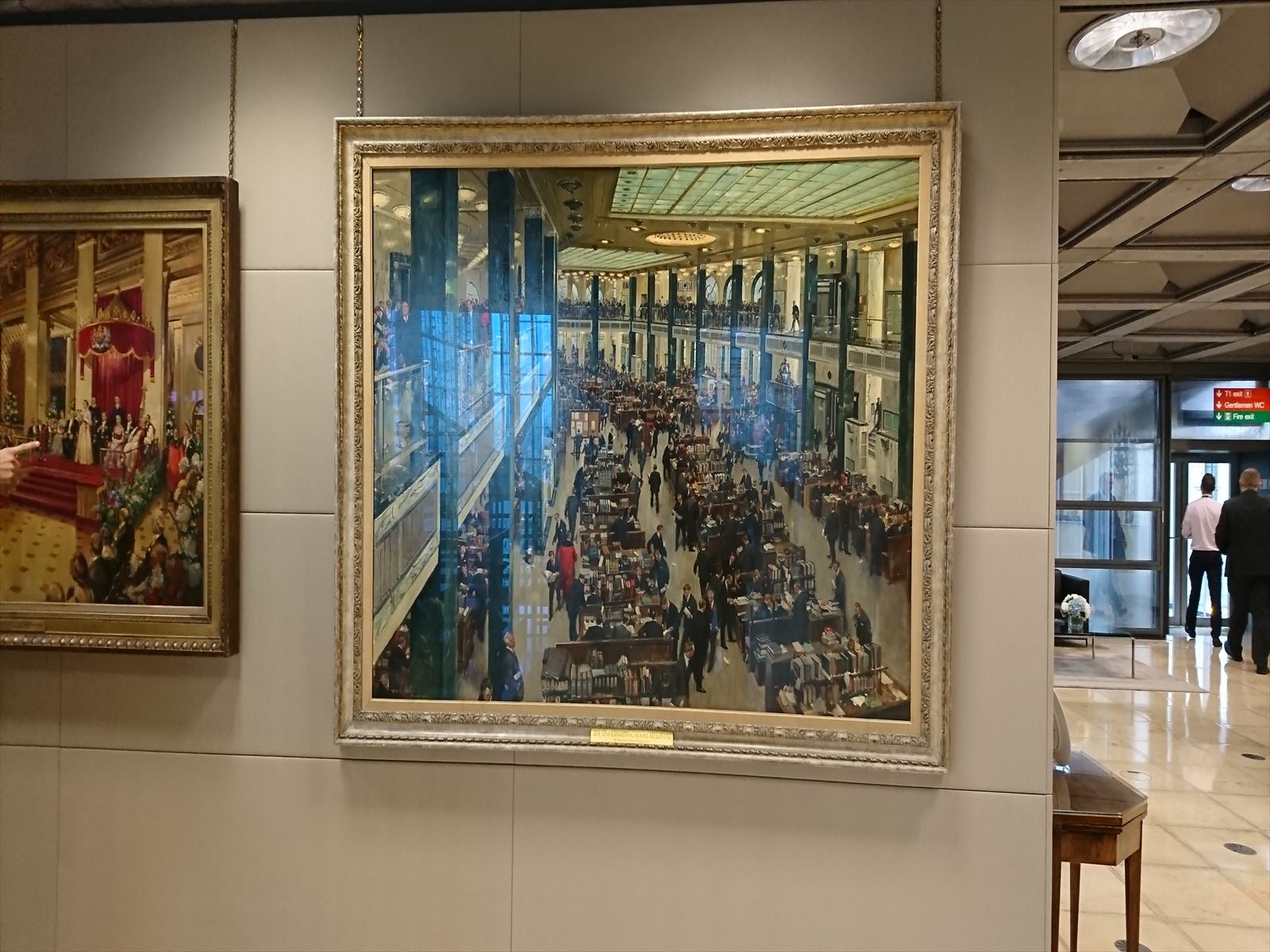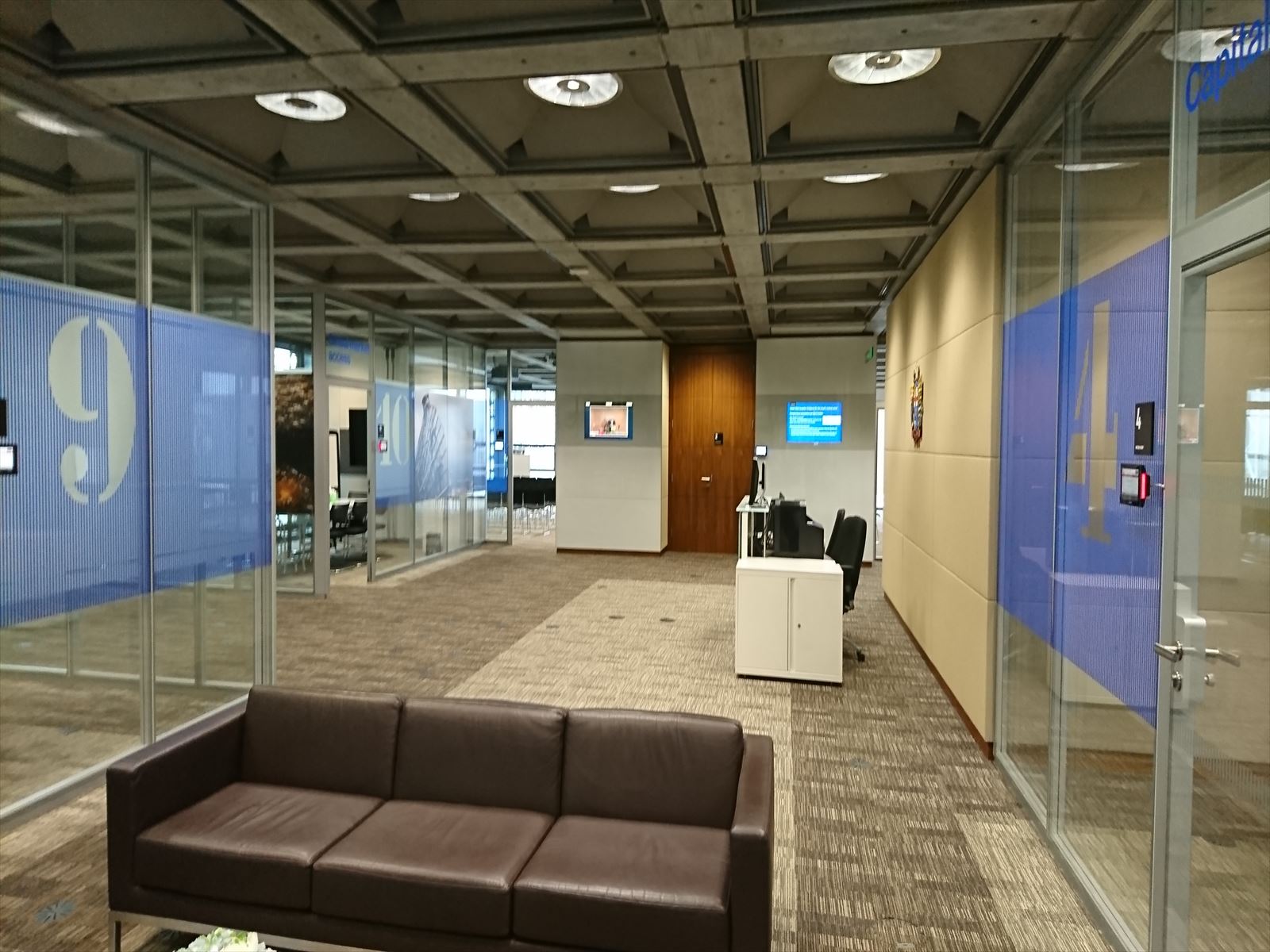キャプティブ 2020.02.06
CA 4 キャプティブに相応しい保険とは① What insurance is appropriate for a captive?(1)
目次
Copyright © Shinichiro Hatani 2020 All rights reserved
For those who prefer to read this column in English, the Japanese text is followed by a British English translation, so please scroll down to the bottom of the Japanese text.
「リスク管理のマニュアルは以前つくったが、素人の自分が見ても『全く役に立たない』ということが分るようなしろものなので、南海トラフ等の地震リスク、サイバーリスク等考えると、本格的なリスクマネジメントをやらなければならないと考えている。それらに有効な手段がキャプティブなら、キャプティブを設立してみたいが、そもそもどんな保険がキャプティブの設立に相応しいのか、またどんな保険であればキャプティブを設立するメリットがあるのかを教えて欲しい」というご要望が寄せられたので、「キャプティブの設立に相応しい保険とそうではない保険」というテーマで今回から3回に分けて記すことにする。

1.キャプティブの設立手続き
キャプティブは、設立地(「ドミサイル」と呼ぶ)の保険監督当局に対して、「保険会社」としての「認可を受けるための申請書」を提出、検証を受けてその設立が承認されるものである。
そのため、「経営母体及び経営陣の詳細」、「事業計画書」、「キャプティブが引受ける日本の元受保険会社からの再保険の詳細」、そして「その再保険に関して保険数理士(アクチュアリー)が損害率等の予測をおこなったレポート」等からなる、米国ハワイ州であれば、200ページに及ぶ「アプリケーションパッケージ」(キャプティブ設立申請書類一式)を提出、当局の検証を経て、設立の承認状(ライセンス)を受けることになる。
そのライセンスを受領した後、会社登記をおこない、銀行へ設立資本金の払い込みを終えた後、キャプティブとしての営業が開始されことになり、会社としての「収入」である日本の元受保険会社からの再保険を引き受けることができるようになる。会社、しかも「他者のリスクを受ける保険会社」であるから、1年毎に決算をおこない、監査を受けた書類を当局に提出、決算状況を届け出て、検証を受けなければならない。
このように、「キャプティブ」といっても日本の一般の保険会社と同様の存在であることに変わりはないため、決算状況が透明性を持ち、当局にも誰の目にも明らかになる必要がある。
2.キャプティブプログラムでの保険料の支払い時期
A. 元受保険会社に対して(元受保険契約)
キャプティブの「保険会社としての収入」は、日本の元受保険会社からの再保険料である。通常、キャプティブの対象となる日本の元受保険契約は、「1契約」であることがほとんどであるため、会社としての収入は明確である。しかし、保険会社であるため、保険事故が起きれば保険金を支払わなければならない。これは、キャプティブの収入となる再保険契約でも同様であり、「再保険金の支払い」は保険事故が発生した場合には当然必要となる。
例えば、「1月1日に地震保険の契約を日本の元受保険会社とした」場合を考えてみよう。その場合、保険契約は前日の12月31日までにおこない、日本の保険料支払いの大原則、「即収の原則」に基づき前日までに元受保険会社に支払う必要がある。ただ、これは元受保険会社が、自らの事業リスク全体をリスクヘッジする再保険プログラムである「特約再保険」を背景にして引き受けた保険契約の場合の手続きである。
元受保険会社からの再保険を「キャプティブを再保険会社」として、個々に再保険を引受けるプログラムである「任意再保険」を背景して保険を引受ける場合は、元受保険会社では通常の処理とは異なる社内の諸手続が必要となる。このため、一般的には、保険開始日の遅くとも2週間前には、元受保険会社へ、元受保険料の支払いがなされていなければならない。
B. キャプティブに対して(再保険契約)
「再保険契約は、元受保険会社と再保険会社であるキャプティブとの間で締結されるものである」ため、再保険料の支払いは、元受保険会社がおこなうが、一般的に再保険はロンドンを中心とした海外の再保険市場とおこなわれることを前提にしているため、国際間の送金手続きに要する期間を考え、再保険料の支払いは「四半期(3ヶ月)ごとに=支払期日まで3ヶ月として」おこなわれるのが通常である。
元受保険会社から再保険会社であるキャプティブに対する支払いも猶予を持っておこなわれるのが普通であるが、「適格なキャプティブプログラムでは、キャプティブからの再々保険を前提にして元受保険契約が引き受けられる」ため、再々保険を引受けるロンドン保険市場の再保険会社への支払期日を注視して進めていかなければならない。
C. ロンドン保険市場の再保険会社に対して(再々保険契約)
上述のとおり、キャプティブは、「元受保険会社にとっては再保険会社であるが、リスクの最終的な引き受けをおこなう再保険会社としての機能を果たすわけではない」ため、キャプティブからの再保険(元受保険会社から見れば再々保険)を引き受け、リスクの最終的な引受をおこなうのは、グローバル・リンクのキャプティブ・プログラムでは、ロンドン保険市場に拠点を持つ世界最大級の再保険会社である。彼らが「再保険会社としての機能(リスクヘッジ機能)を果たす」ことになる。
したがって、「元受保険会社との再保険契約に関して、四半期(3ヶ月)ごと再保険料の支払い(保険料の支払い猶予)の対象となるのは、この再保険会社(再々保険会社)との再保険(再々保険)契約書に記された支払い期日までの期間」となり、元受保険会社からの再保険がキャプティブの口座に入金して、そしてその再保険料のなかから再々保険料がロンドン保険市場に支払われまでの合計期間が「四半期(3ヶ月)」となることに留意が必要である。
 グローバル・リンクは、元受保険料、再保険料、再々保険料の支払い期日を具にトレースする。キャプティブ・オーナーの承認のもと、キャプティブのドミサイル(設立地)にあるキャプティブ運営管理会社に対して、キャプティブの銀行口座からロンドン再保険市場の再保険会社(再々保険会社)へ再保険料(再々保険料)の支払いをその期日までおこなうこと等を的確に進め、ウオッチしているので、不測の事態に陥ることはない。
グローバル・リンクは、元受保険料、再保険料、再々保険料の支払い期日を具にトレースする。キャプティブ・オーナーの承認のもと、キャプティブのドミサイル(設立地)にあるキャプティブ運営管理会社に対して、キャプティブの銀行口座からロンドン再保険市場の再保険会社(再々保険会社)へ再保険料(再々保険料)の支払いをその期日までおこなうこと等を的確に進め、ウオッチしているので、不測の事態に陥ることはない。
今回のまとめ
なぜ「キャプティブに相応しい保険」の説明でありながら「保険料の支払いの話になるのか」という疑問をお持ちであろう。損害保険契約が通常の商業契約とは異なる一面を持つからである、「再保険」の存在である。
損害保険では、「リスクの巨大化、複雑化」に対応する手段として「再保険」が開発された。しかし、この国際間の送受金を前提とするプログラムでは、「時間的な猶予」が必要になる。これは保険料の支払いに限らず、その反対給付である「事故が起きたときの保険金の支払い」においても言えることであり、まずこれらのことを正確に理解、把握することが必要であると考える。そのことによって、適格なキャプティブの設立が可能になる。その点から、まず「保険料の支払いに関する正確な理解をしていただきたいので記している」とご理解いただきたい。
元受保険会社に支払う保険料(元受保険料)は、保険開始日までに支払わなければならないが、元受保険会社からキャプティブを経由してロンドン保険市場で、最終的にリスクを引き受ける再保険会社に対する再々保険料の支払いは、通常、元受保険の開始日から3ヶ月が支払期日となっている。スムーズなキャプティブプログラムの運営のため、すべての手続き、支払い、連絡は、グローバル・リンクがコンサルティングをおこなっている。
執筆・翻訳者:羽谷 信一郎
English Translation
Captive 4 – What insurance is appropriate for a captive?(1)Payment of premiums
We have previously created a risk management manual, but it is a blank piece of paper that even a layman like me can see that it is completely useless, so when considering earthquake risks such as the Nankai Trough and cyber risks, I think we need to do some serious risk management. We would like to establish a captive if it is an effective way to deal with these risks, but we would like to know what kind of insurance is appropriate to establish a captive in the first place and what kind of insurance would be beneficial to establish a captive”. This is a three-part series of articles on “What insurance is appropriate for a captive ?- Insurance that is appropriate for the establishment of a captive and not so appropriate for the establishment of a captive”.
1. Procedures for Establishing a Captive
The captive submits an “Application for Approval” as an “Insurance Company” to the insurance regulator at the place of incorporation (called “Domicile”) for verification and approval of its incorporation.
In the US state of Hawaii, a 200-page “application package” (a complete set of application documents for the establishment of a captive) consisting of a detailed description of the management entity and management team, a business plan, details of the reinsurance to be underwritten by the captive from a Japanese primary insurer, and a report on the reinsurance with a loss ratio and other projections by an actuarial expert (an actuary) is submitted to the state.
After the license is received, the company will be registered and the establishment capital is paid to the bank, and the company will be able to start operating as a captive and underwrite reinsurance from the Japanese primary insurance company, which is its “income” as a company. As a company, and an “insurance company that is subject to the risks of others,” it is required to close its accounts every year, submit audited documents to the authorities, and report its financial results to the authorities for verification.
Thus, even if it is called a “captive”, it is still the same entity as a general insurance company in Japan, and therefore, it is necessary that the financial status of the company is transparent and clear to the authorities and everyone.
A. To the primary insurer (primary insurance policy)
The captive’s “income as an insurance company” is the reinsurance premiums from the Japanese primary insurer. Typically, most Japanese primary insurance policies subject to a captive are “one policy”, so the company’s income as a company is clear. However, as an insurance company, it has to pay out claims if an insurance accident occurs. The same is true for reinsurance contracts that provide income for the captive, and “reinsurance payments” are obviously required in the event of an insurance accident.
For example, consider the case of “an earthquake insurance policy with a Japanese primary insurer on January 1. In such a case, you would be required to sign a policy by December 31, and pay the primary insurer by the day before, in accordance with the “Principle of Prompt Collection”, which is the main principle of premium payment in Japan. However, this procedure is for insurance contracts that are underwritten by primary insurers under the auspices of a “special reinsurance program”, which is a reinsurance program that hedges the entire risk of the primary insurer’s business.
When a primary insurer underwrites reinsurance from a primary insurer against the backdrop of “facultative (voluntary) reinsurance,” which is a program that underwrites reinsurance on an individual basis with the captive as the reinsurer, the primary insurer is required to follow a variety of internal procedures that differ from the normal process. For this reason, generally speaking, primary premiums must be paid to the primary insurer at least two weeks prior to the policy’s inception date.
B. Against the Captive (Reinsurance Agreement)
Because “the reinsurance contract is between the primary insurer and a captive,” reinsurance premiums are paid by the primary insurer, but because reinsurance is generally assumed to be made with the London-based overseas reinsurance market, reinsurance premiums are usually paid “every three months” (i.e., three months to the due date) to allow for the time required for international remittance procedures.
Payments from primary insurers to reinsurer captives are usually made with a grace period; however, because “in a qualified captive program, primary insurance contracts are assumed on the basis of retrocession (reinsurance from the captive),”
We must proceed with a close eye on the due date for payments to retrocessionaire (reinsurers from captive) in the London insurance market that underwrite reinsurance from captive.
C. To reinsurers in the London insurance market (reinsurance contracts)
As noted above, a captive “is a reinsurer to the primary insurer, but does not act as the ultimate risk underwriter,” and therefore, it underwrites reinsurance from the captive (or reinsurance from the primary insurer’s perspective) and provides the ultimate underwriting of risk. is one of the largest reinsurers in the world with a global-linked captive program, with a base in the London insurance market. They will “perform the function of a reinsurer (risk hedging function)”.
Thus, “in respect of a reinsurance agreement with a primary insurer, quarterly (three months) reinsurance premium payments (premium payment deferral) are subject to the period of time up to the due date of payment specified in the reinsurance (reinsurance) agreement with this reinsurer (reinsurance company)” and that the reinsurance from the primary insurer It should be noted that the total period of time between depositing money into the captive’s account and the payment of reinsurance premiums into the London insurance market is a “quarter” (3 months).
The Global Link traces primary premiums, reinsurance premiums and reinsurance premiums due. With the approval of the Captive Owner, the Global Link will, among other things, facilitate the payment of reinsurance premiums (reinsurance premiums) from the Captive’s bank account to the reinsurance companies in the London reinsurance market (reinsurers) from the Captive’s domicile at the Captive’s domicile by the due date, so there are no unforeseen circumstances.
Summary of this time
You may be asking yourself why we are talking about “insurance worthy of a captive” and yet we are talking about paying premiums. It’s because property and casualty insurance policies have one aspect that sets them apart from ordinary commercial contracts: the existence of “reinsurance”.
In non-life insurance, “reinsurance” was developed as a way of dealing with the “increase in the size and complexity of risks”. However, this program, which is premised on international repatriation, requires a “time deferral”. This is true not only for the payment of premiums, but also for its opposite benefit, “payment of claims in the event of an accident,” and we believe that it is necessary to first understand and appreciate exactly what these things are. This will allow for the establishment of a qualified captive. From that point of view, we would like you to understand that we are writing this first because we want you to have an accurate understanding of premium payments.
Although the premiums payable to the primary insurer (primary premiums) must be paid by the date of inception of the policy, the payment of reinsurance premiums from the primary insurer to the reinsurer that ultimately assumes the risk in the London insurance market via the captive is usually due three months from the date of inception of the primary policy and is There is a To ensure the smooth operation of the captive program, all procedures, payments and communications are consulted by Global Link.
Author/translator: Shinichiro Hatani

